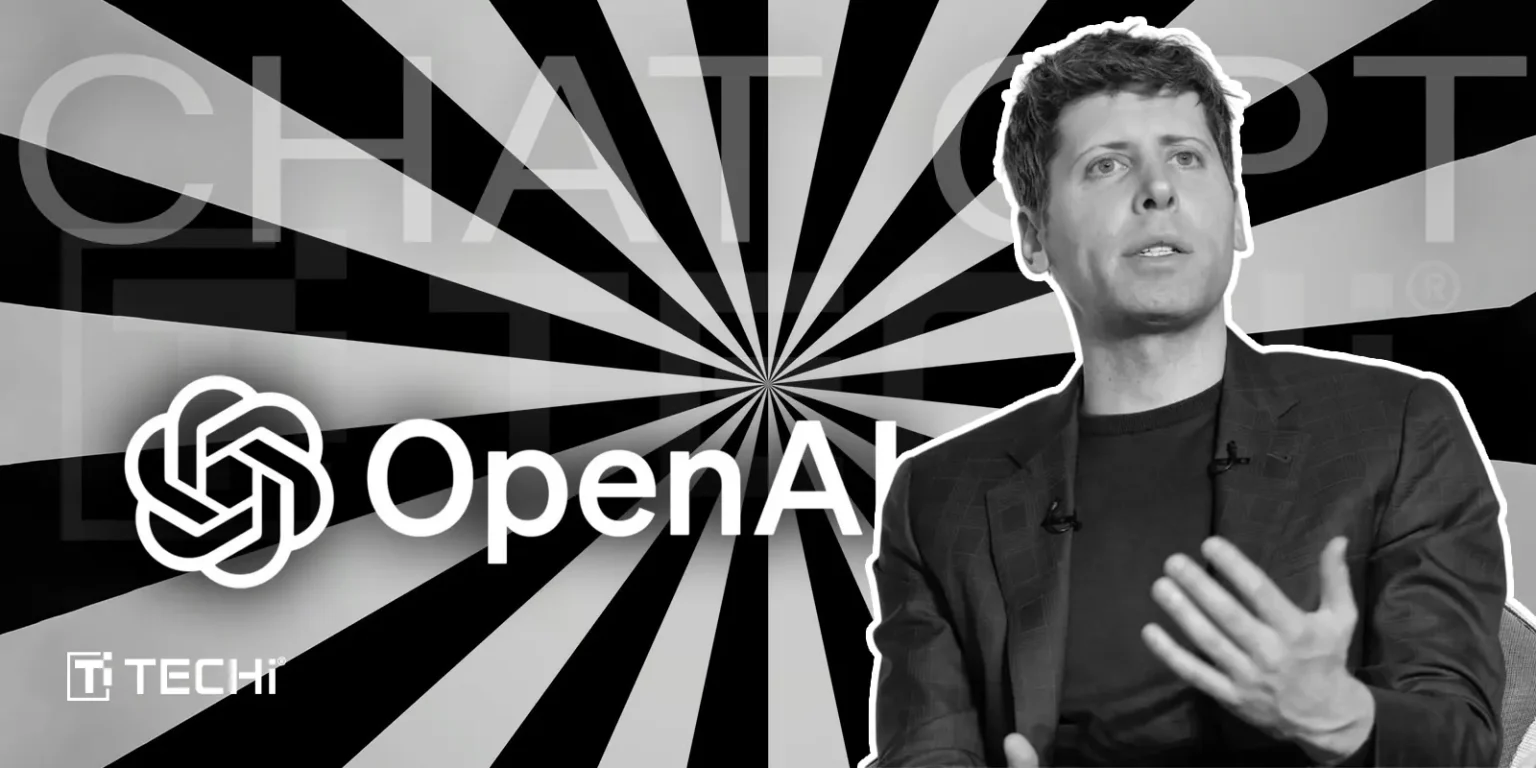Introducing A-SWE AI Bot: The Solution for Coding, Testing, Bug Fixing, and Software Manual Creation

OpenAI is rolling out a new AI system named A-SWE (Agentic Software Engineer), which is poised to transform the landscape of software development. Unlike existing tools such as GitHub Copilot that assist with coding, A-SWE takes automation much further. It has the capability to independently build applications, conduct quality assurance (QA) checks, troubleshoot bugs, and even produce software documentation.
Sarah Friar, OpenAI’s Chief Financial Officer, elaborated on A-SWE during a recent event hosted by Goldman Sachs. She revealed that A-SWE is designed to assume responsibilities typically managed by developers, including reviewing pull requests and performing routine QA tasks. By streamlining these repetitive and time-consuming aspects of software development, A-SWE could effectively “multiply your software engineering workforce.”
The Risks and Potential of A-SWE: Will It Replace Engineers?
The prospect of a single tool capable of writing, testing, debugging, and documenting software is undoubtedly exciting, yet it comes with its share of concerns. If A-SWE delivers on its promises, it may redefine the roles of developers and QA testers, potentially diminishing the need for human engineers in specific tasks. However, there is a level of skepticism surrounding its capabilities. Previous tools from OpenAI, like Operator and Deep Research, did not entirely fulfill expectations, and some were limited to paid ChatGPT subscribers.
One significant challenge faced by advanced AI tools is the phenomenon of hallucination—where the AI can confidently provide incorrect answers. This creates particularly high stakes in software development, where precision is crucial. While A-SWE can manage straightforward tasks, critics argue that it currently lacks the critical thinking skills and contextual understanding required for addressing more complex software challenges.
A-SWE’s Role in the Future of Software Development: A Boost, Not a Replacement
Other companies, like xAI and Perplexity, are also developing AI tools aimed at enhancing coding processes, but none have yet managed to fully replace human engineers. Presently, A-SWE and similar technologies are primarily viewed as productivity enhancers rather than job replacers. These tools can automate simpler coding tasks, but human creativity, judgment, and the ability to adapt to unique challenges remain vital for solving more complicated coding problems. A-SWE indicates a significant shift in the tech industry, suggesting that AI will increasingly play an instrumental role in software development moving forward.
A-SWE and the Future of Coding
The introduction of A-SWE could mark a pivotal moment in software development. It aims to streamline how software is created, tested, and documented. Here are some potential benefits and roles of A-SWE:
- Enhanced Productivity: By automating routine tasks, A-SWE can free up developers to focus on more creative and complex work.
- Quality Assurance: The system can assist in bug identification and fixing, potentially enhancing software reliability.
- Documentation Automation: By generating documentation automatically, A-SWE can reduce time spent on this essential but often tedious task.
- Scalability: With A-SWE handling more repetitive tasks, development teams can aim for greater scalability as they take on larger projects.
While A-SWE offers substantial advantages, the need for human oversight and creativity remains critical. The blend of AI tools like A-SWE with human expertise could set the stage for a more efficient and innovative future in software development.




